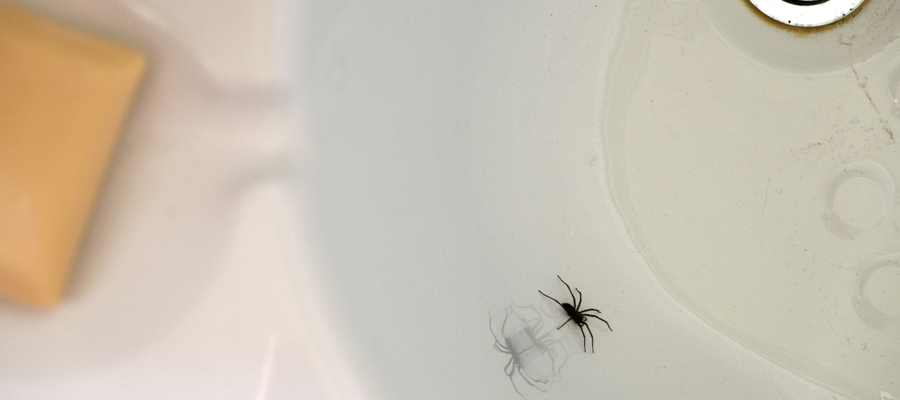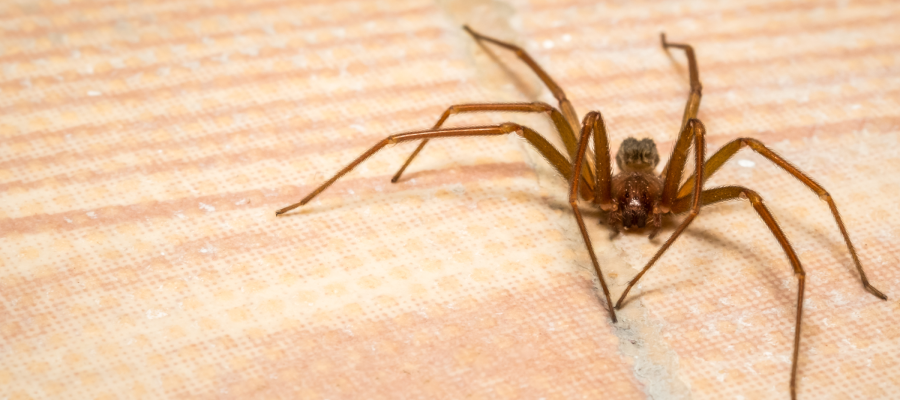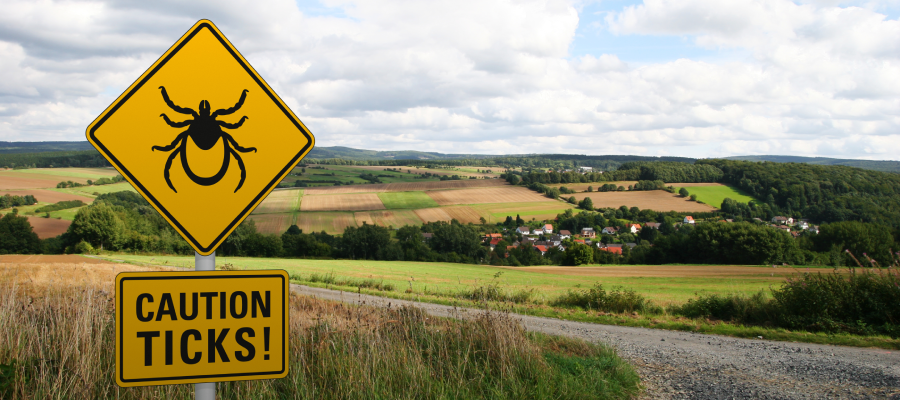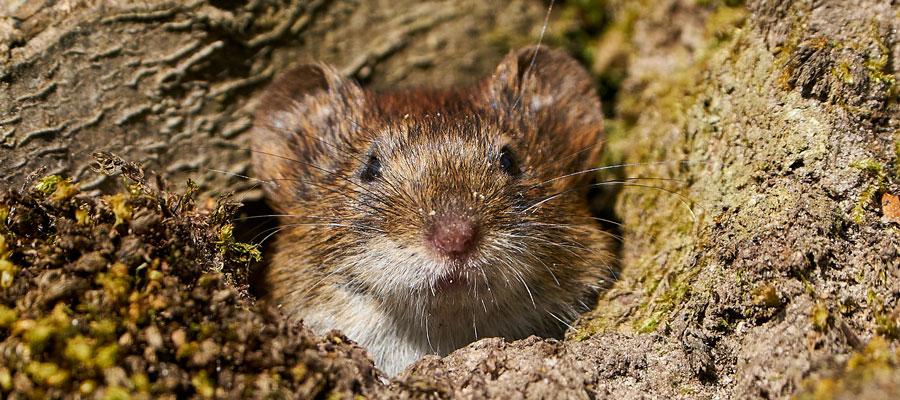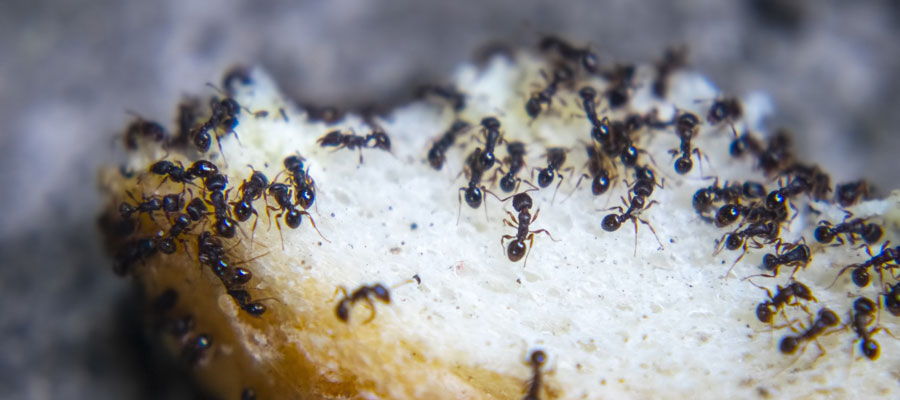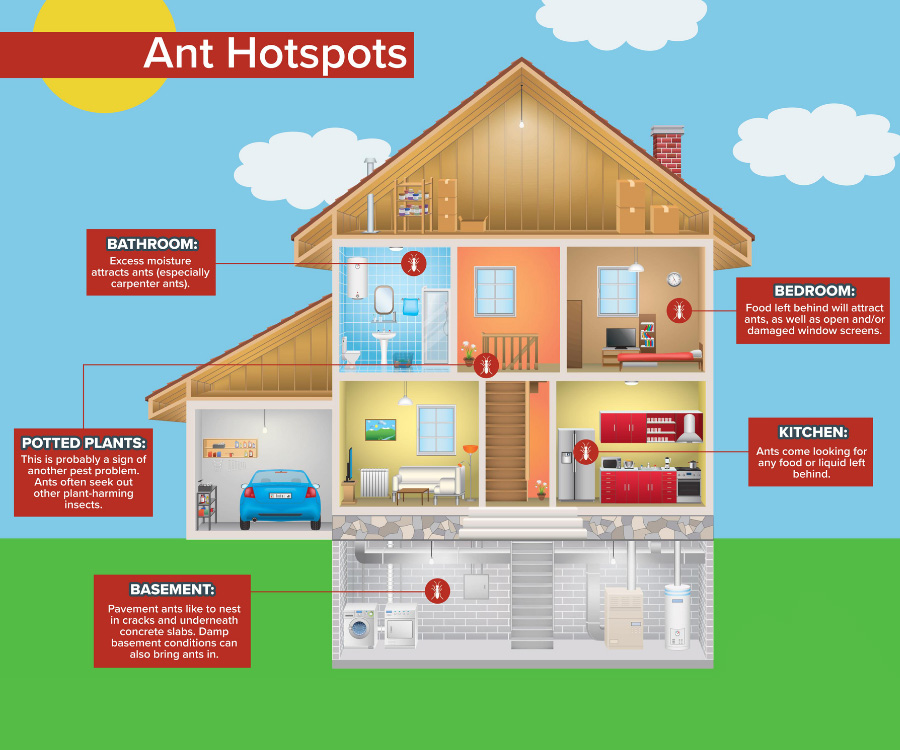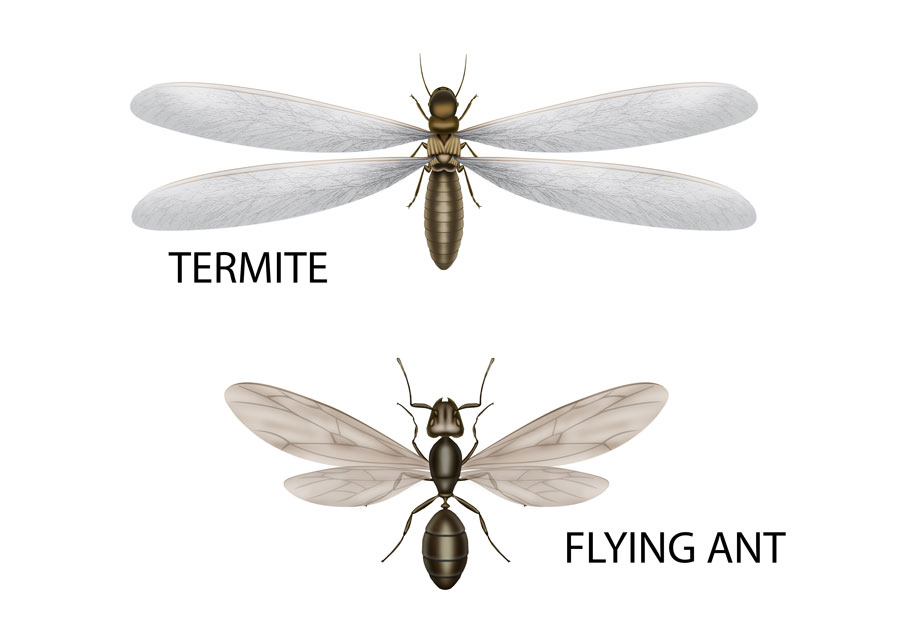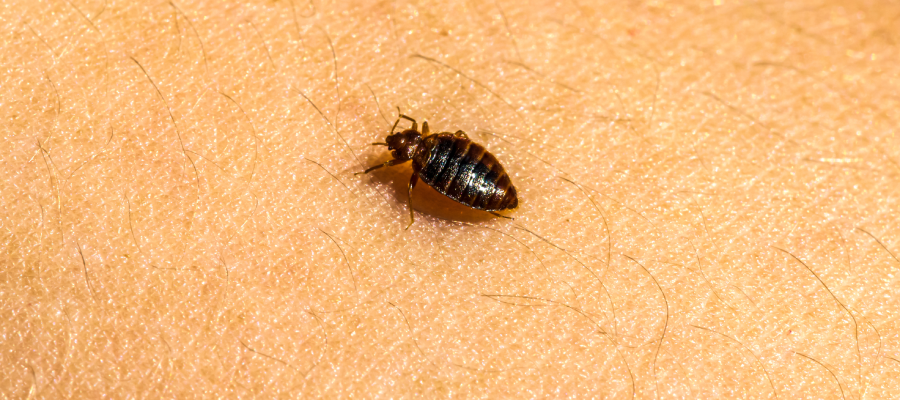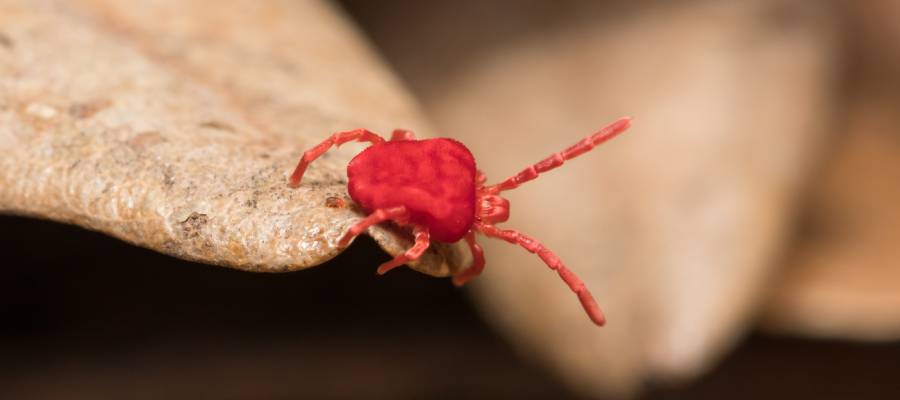Most spiders are harmless, yet arachnids are the most feared of all pests. Despite their reputation for being scary, most spiders want nothing to do with you whatsoever. Regardless, no one wants to deal with these pests crawling around your home. For that reason, it’s important to learn what you can do to keep spiders out of your St. Louis MO home in the first place. The spider control experts at Blue Chip Pest Services are here to share their top spider control and prevention tips—read on to learn more!
5 Best Spider Control Tips
1. Don’t Use Store-Bought Insecticides
Many store-bought spider repellents are just sprays that you can apply around your home. Spiders don’t drag their bodies when they move, so they can step over insecticide. And because they don’t have a circulatory system that will carry the chemical from their feet to their organs, and they don’t groom themselves as insects do, that method won’t be effective. When using this method, it’s important to focus your efforts around spider hotspots, such as on the surface of entry points to keep the pests out.
2. Get Rid of Other Insects
Spiders eat other insects in your home. So, by eliminating those other insects, you will in turn naturally cut down on the spider population. Preventing other insects in the home includes keeping a clean, tidy home free of clutter. Other insects are attracted to crumbs in your kitchen as well as water leaks or plumbing problems. Always address any repairs that need to be made in your home.
3. Caulk Cracks and Crevices
Spiders can crawl indoors through the tiniest of openings. Caulk is an easy way to seal the tiny cracks and crevices that spiders and other insects get inside your home through. Simply inspect your home for any obvious openings around your doors, windows, and garage before applying the caulk.
4. Adjust Your Light Sources
Because insects are attracted to light, and spiders eat insects, you’ll likely find webs and spiders near light sources that attract their prey. Some spiders jump, others run, others sit still in their web and let prey come to them. Regardless, it’s smart to keep an eye on your outdoor and indoor light sources to ensure spiders haven’t built webs.
5. Use Sticky Traps
Consider using sticky traps and glue boards in dark quiet places: closets, between pieces of furniture, and walls. In general, if you trap the spider’s prey, you’ll catch the spider, too. Sticky traps aren’t the most reliable control option, but they can provide at least a bit of relief from spider problems in your home.
Ready For Professional Spider Control?
DIY spider control methods sometimes simply aren’t enough. If you are noticing endless webs on your property or an increasing amount of spiders crawling around, it’s time to get professional help. At Blue Chip, our spider exterminators work to determine how spiders are getting indoors in the first place. From there, we will implement spider control and prevention methods to keep these creepy crawlers away from your home for good.


